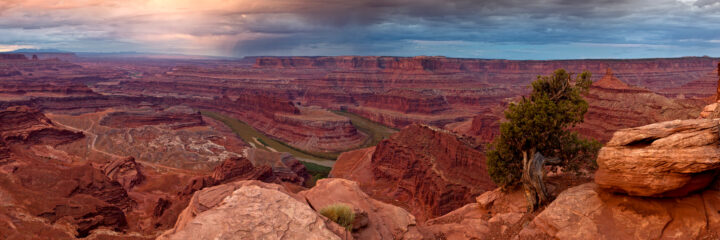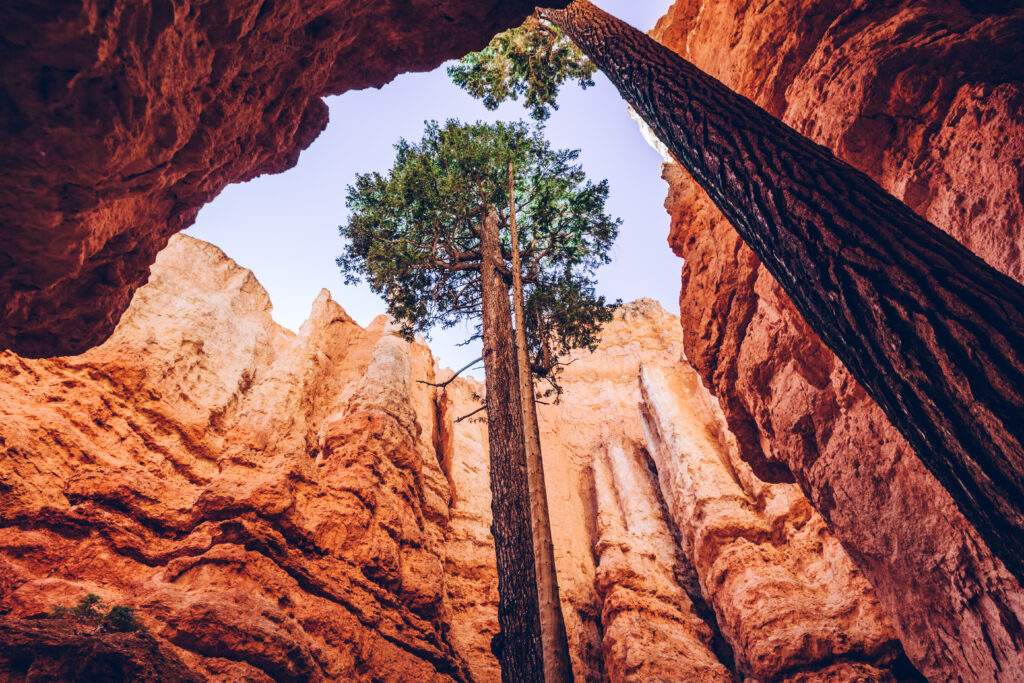It is always present in our daily lives. In the rock salt that seasons our food, in the silica in the lenses of our glasses, in the screens of our cell phones, in the cement that surrounds and protects us, in the batteries of electric cars and gadgets, in toothpaste and cosmetic products, in agriculture or in the monuments and divine settings that we visit or that illustrate a good photograph.
Geodiversity is the variety of non-living elements of nature, that is, minerals, rocks, fossils, soils, sediments, reliefs, topography, geological processes and hydrological aspects, such as rivers and lakes. .
Geodiversity sustains biodiversity from the beginning and is at the base of any ecosystem, and, in turn, has its own intrinsic value, worthy of protection.
Geodiversity plays an essential role in guaranteeing support, provision, regulation and cultural ecosystem services, which are material and immaterial goods generated by ecosystems, used by society in pursuit of its well-being. Thus, in addition to supporting Biodiversity, Geodiversity also supports human diversity.
The support provided by Geodiversity refers to the availability of resources for the development of the activities of all living beings on the planet, such as soil, water, habitats, platforms for the installation of hydroelectric plants, wind turbines and thermonuclear plants. Landfills for household waste and storage facilities for seed banks, for radioactive and chemical waste.

It also acts in the regulation of processes that naturally control environmental conditions, such as climatic processes, the hydrological cycle, the carbon cycle, flood control, water and soil quality, among many others. Geodiversity controls the availability of those resources, but also their quantity and quality.
Of all the services, provision is the one with the clearest importance due to the capitalization of its resources, which are now treated as products. Among these products, we can mention renewable resources, such as water and inorganic nutrients, and non-renewable resources, such as rocks, industrial minerals, metallic minerals and fossil fuels.
“It was the resources of Geodiversity and their brilliant use by humans that allowed the evolution of modern society”
Murray Gray, 2011
Last but not least, we have cultural services that represent society's relationships to abiotic aspects of the environment for their social or community significance. It is aesthetic appeal, artistic inspiration, recreation and leisure (geotourism), spiritual experiences, cultural and historical significance, and social development.
In addition, the scientific knowledge generated from the use of abiotic nature can be enjoyed as a natural classroom and laboratory. Or used in studies on the characteristics of planet Earth and its evolution, of Life.
Geodiversity, by providing us with an integrated view of geological variation over time, allows us to learn from the past, providing clues on how to act in the present, promoting a better future.
With the aim of preserving important parts of Geodiversity and awakening society's interest in its presence in various segments common to our daily lives, in 2021, the Executive Board of UNESCO approved the proposal for the proclamation of the International Day of Geodiversity to be celebrated every year on the 6th of October.
By preserving our geological heritage, we are also preserving human history, allowing us to understand our place in the history of the planet.
As a challenge, can you give examples of cultural assets based on Geodiversity?
See also the video on Geodiversity made by CCV Lagos:
Author: Nathália Lima (Centro Ciência Viva de Lagos)
Based on the scientific article:
Lima, NP, Pereira, DI Living and Dying on Planet Earth: an Approach to the Values of Geodiversity.
Geoheritage 15, 4 (2023)
NOTE: This article was developed within the framework of the project PaNReD – Digital Heritage transformed into Digital Teaching Resources, funded by the CRESC Algarve 2020 Program, through Portugal 2020 and the European Social Fund (ESF).



















Comments